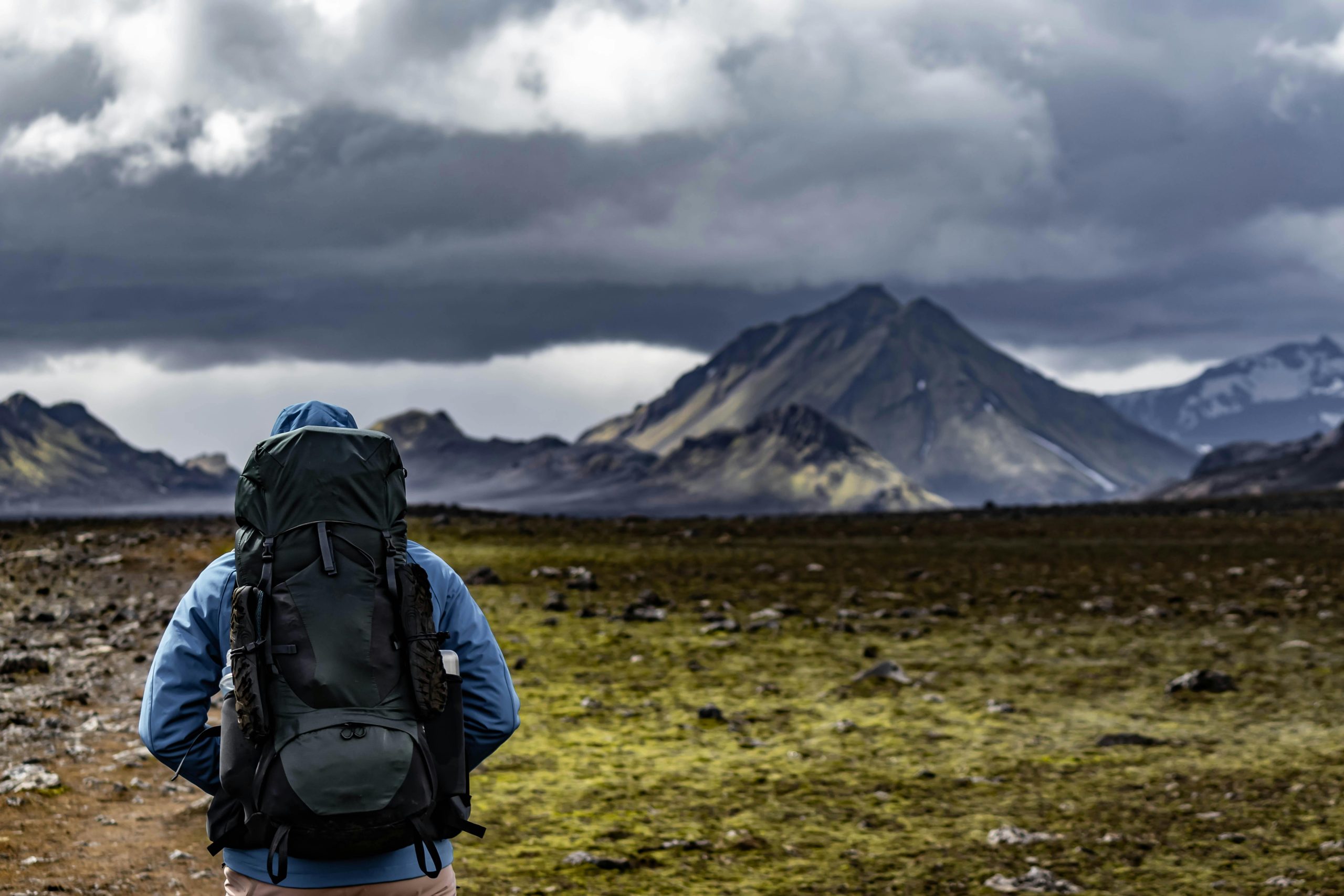Patagonia has long captured the imagination of travelers, adventurers, and nature lovers. But for many, the first question is simple: where is Patagonia? This remote and breathtaking region straddles the southern parts of Argentina and Chile, offering vast untouched landscapes, towering mountains, turquoise lakes, and pristine glaciers. Knowing where is Patagonia is the starting point for understanding why it has become a dream destination for eco-travelers around the world.
Where is Patagonia: The Location and Geography
So, where is Patagonia exactly? The region stretches across the southern tip of South America, covering approximately 400,000 square miles. It begins south of the Río Colorado in Argentina and south of the Biobío River in Chile. When asking where is Patagonia, it is important to note that it is not a single country or province but a shared territory between Argentina and Chile. The Andes Mountains run through Patagonia, dividing it into two distinct sides: the arid steppe of Argentine Patagonia and the lush, mountainous landscapes of Chilean Patagonia.
Where is Patagonia in Terms of Culture and History
Beyond geography, many travelers ask, where is Patagonia in terms of culture? The region is home to a unique blend of indigenous traditions and European influences, particularly from settlers who arrived in the 19th century. When considering where is Patagonia, one must also think of its history of explorers, pioneers, and local communities who have adapted to one of the most remote corners of the world. Eco-travelers often find that understanding where is Patagonia also means appreciating the resilience of the people who call this land home.
Where is Patagonia for Wildlife Enthusiasts
Another common question is where is Patagonia when it comes to biodiversity. The region is rich in wildlife, with guanacos roaming the steppes, pumas inhabiting the mountains, and whales, penguins, and sea lions thriving along the coasts. Knowing where is Patagonia gives travelers insight into the extraordinary ecosystems that have made it a global conservation priority. For eco-travelers, discovering where is Patagonia often translates into unforgettable encounters with species found nowhere else in such abundance.
Where is Patagonia for Adventure and Eco-Tourism
For adventurers, the real answer to where is Patagonia lies in its experiences. From trekking the world-famous Torres del Paine in Chile to hiking around Mount Fitz Roy in Argentina, Patagonia offers unparalleled trails and scenery. When people ask, where is Patagonia, eco-travelers know it means the ultimate escape into raw nature. The region’s remoteness and commitment to sustainable tourism make it a model destination for those who want to explore responsibly. Asking where is Patagonia is essentially asking where on earth you can find one of the last true wildernesses.
Where is Patagonia for Eco-Camps and Sustainable Travel
When eco-conscious travelers wonder where is Patagonia, they often discover it through eco-camps, lodges, and guided tours that prioritize environmental protection. The answer to where is Patagonia includes not just its physical location but also its role as a hub for sustainability. Eco-lodges here are designed to blend into nature, generate renewable energy, and minimize waste, offering travelers a chance to immerse themselves without harming the fragile ecosystem. For many, the question of where is Patagonia is answered in the unique way it balances tourism with conservation.
Conclusion
So, where is Patagonia? It is a vast, remote region at the southern end of South America, shared by Chile and Argentina, filled with dramatic landscapes, diverse wildlife, and a culture shaped by both history and nature. More than just a location, where is Patagonia is a question that leads travelers to discover one of the most unique eco-destinations on earth. For eco-travelers seeking untouched wilderness, sustainable experiences, and breathtaking beauty, the answer to where is Patagonia lies not only on the map but also in the unforgettable adventures that await.
